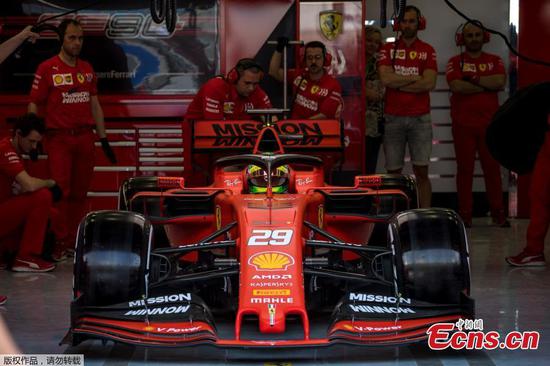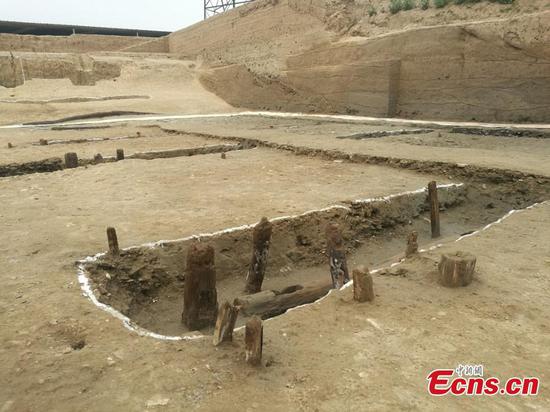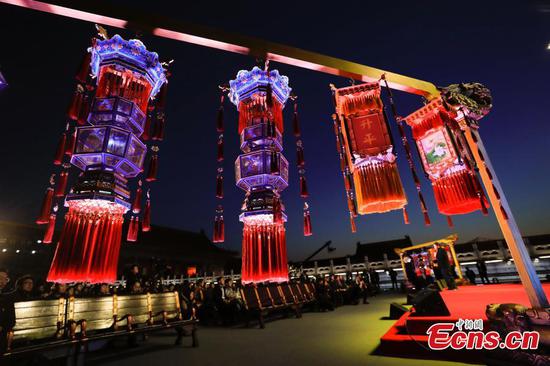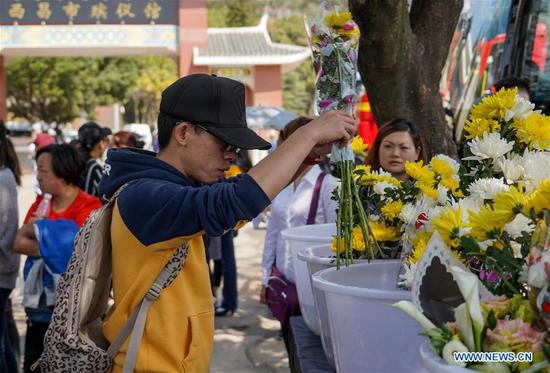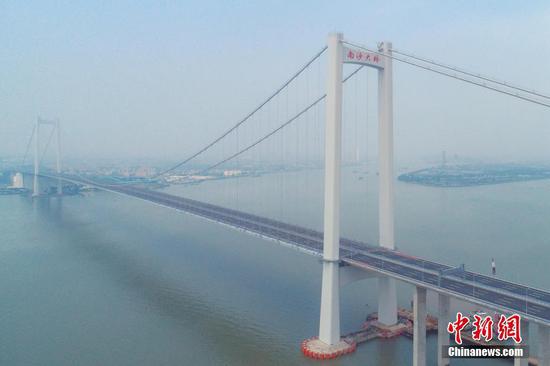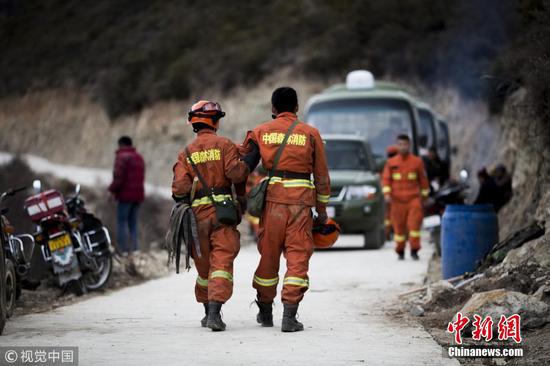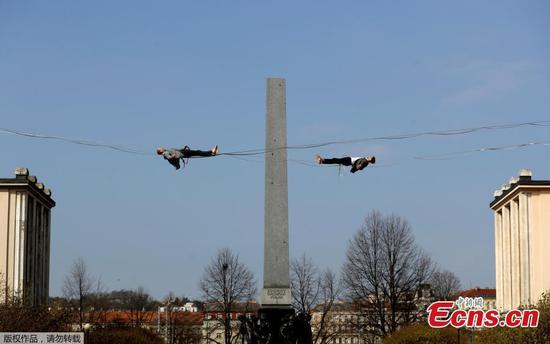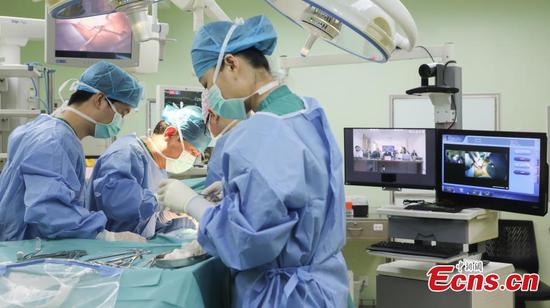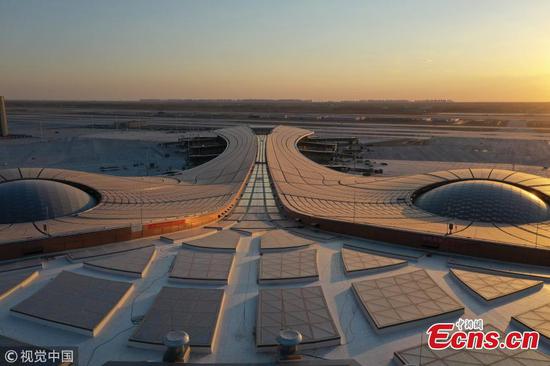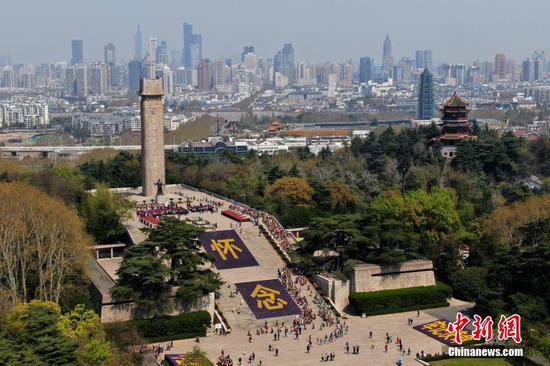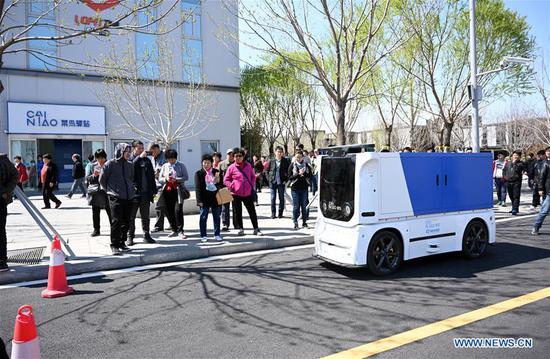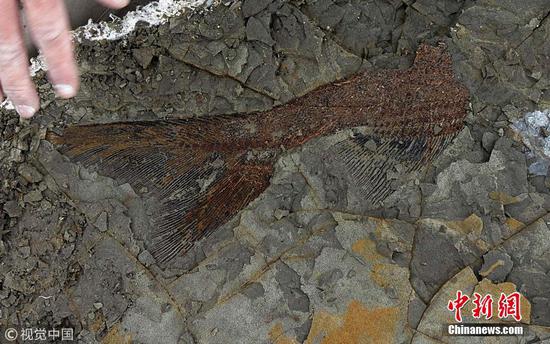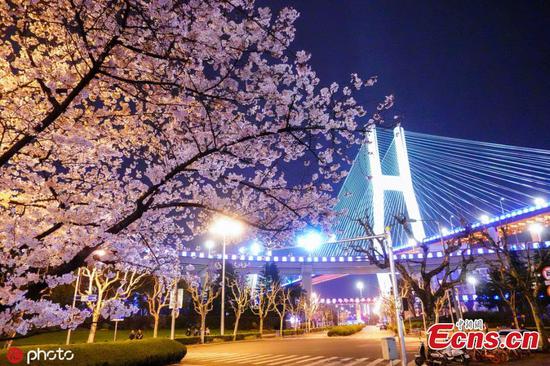Chinese electric buses have helped modernize the public transit system in Chile's capital Santiago with their cutting-edge technologies and contemporary designs, said officials and local citizens.
"Talking about electric public transit sounded futuristic several years ago. But today, it's a reality that circulates through our streets daily," Chilean Transport and Telecommunications Minister Gloria Hutt said recently at a ceremony when she unveiled a fleet of 100 Chinese electric buses.
In December 2018, Chilean President Sebastian Pinera unveiled the first 100 electric buses for Santiago's transit fleet, which were made by Chinese electric vehicle maker BYD. In January this year, Hutt unveiled a second fleet of 100 electric buses made by Chinese manufacturer Yutong.
Since the December unveiling, the red-and-white buses, Wi-Fi enabled and fitted with USB ports, have become a preferred means of transport for many of the city's 5.6 million residents, who now can have a cleaner, quieter, and more comfortable ride with bonus amenities.
"They are quite comfortable. They have an air-conditioning system, so they are fresh, and they aren't noisy, unlike conventional buses that run on fossil fuel," said Moises Bittner, a language and music teacher who takes the buses for his daily commute.
Both Chile and China share an appreciation for nature and clean energy, he said.
Alex Villegas, a bus driver for local transportation firm Metbus, operates one of the new BYD buses along Route 516, one of the longest in the Santiago Metropolitan Region.
The job has been made "more pleasant" by the Chinese buses, and the passengers appreciate the better ride, said Villegas.
"The time will come when it's all 100 percent electric and the public, which appreciates it compared to the old buses, will benefit the most," he said.
"China has made a great contribution to workers here in our country through the renovation of buses. Thank you so much," he said.
The Chinese-made electric buses are now a crucial part of Santiago's new Metropolitan Mobility Network, which also uses other forms of transportation including subways, suburban trains and bikes.
Apart from the use of Chinese electric buses, Santiago's public transit infrastructure was also revamped, with new electronic bus stops, fare cards, and exclusive lanes.
The electro-terminal in the commune of Rinconada, the biggest in Chile and Latin America, is equipped with 37 electric charging stations. Each station can accommodate two buses, with each bus being fully recharged in two and a half hours.
Grecia Avenue, which crosses Santiago from west to east, has become Latin America's first "electric corridor," as officials called it. And La Alameda, main avenue of Santiago, is poised to become the region's largest electric corridor, with some 158 electric buses serving the route.
"We are going to achieve something that seemed impossible just a short time ago -- very soon, Santiago is going to be the city, outside China, with the most electric buses in the world," President Pinera has said.
Bringing environment-friendly vehicles into the city "clearly marks the route, the road map, and the future we want to give (to) our public transit," he said.










